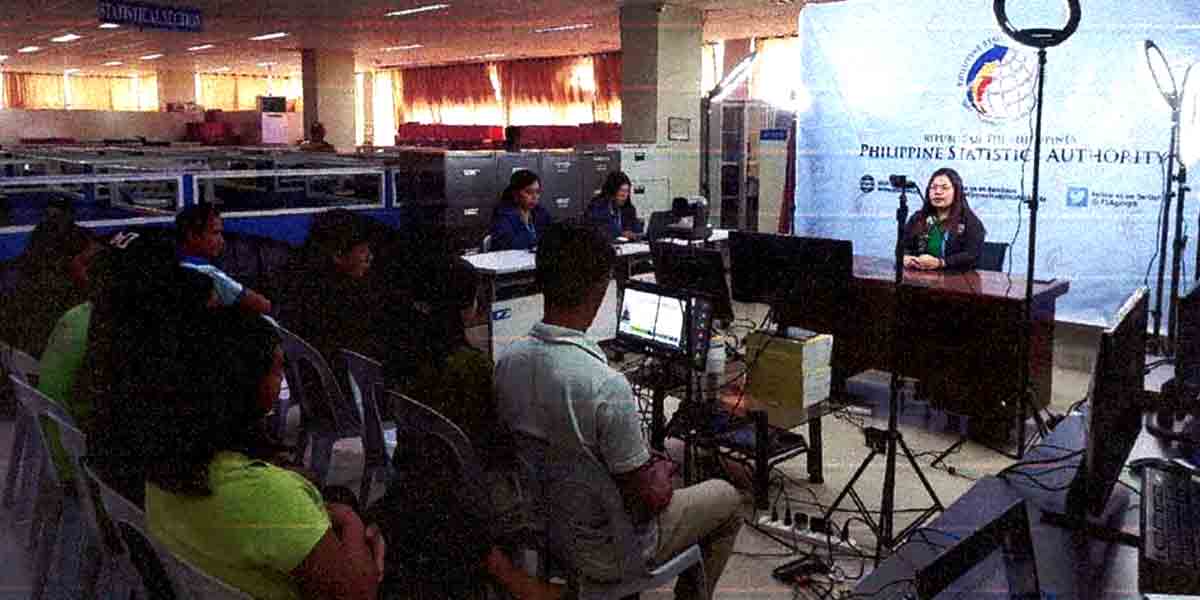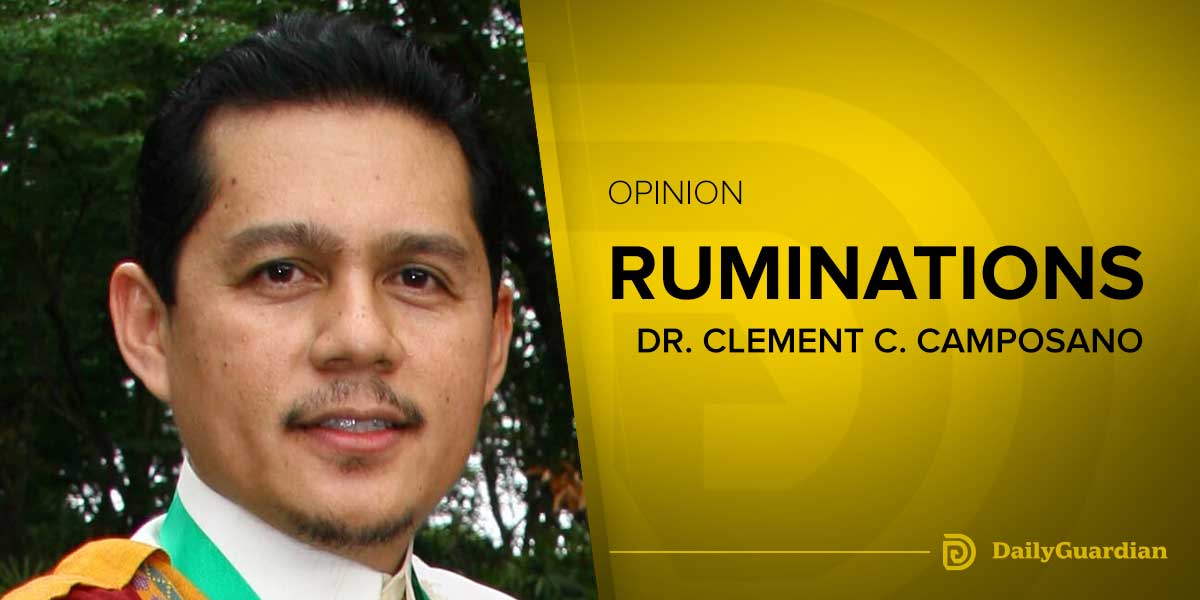 By Joshua Corcuera
By Joshua Corcuera
The Sierra Madre, a mountain range in the Philippines running from Cagayan down to Quezon Province, recently became a topic in social media. As several typhoons ravaged Luzon recently, people are calling to protect the mountain range — which is the longest in the country as it spans 540 kilometers — from destruction mostly due to man-made activities. This natural landmark serves as a barrier against typhoons as such storms weaken after landfall upon the mountains.
For context, a typhoon normally gets weaker when it hits land especially when the area is mountainous. If the mountain range is environmentally destroyed by humans, however, strong storms cannot be resisted by such natural wonder. This explains if why many are calling the-powers-that-be to take care of Sierra Madre. With this in mind, it is important to discuss the Kaliwa Dam and the problems it present not only to the environment, but also to the economy and society.
The construction of the Kaliwa Dam is aimed to resolve the intermittent water shortages in Metro Manila, which is home to over 13 million people. However, the project is met with backlash and criticism due to issues which can be classified into three: environmental, social, and economic.
The first issue, the environmental concern, is obvious. A report in 2018 by Haribon said that the biodiversity and ecological balance of the Sierra Madre mountain range would be threatened if the dam were to be constructed. Since the mountain range is a key biodiversity area in the Philippine archipelago, efforts to preserve the environment would suffer a major blow in exchange for infrastructure.
The second issue, the social concern, pertains to the consequences of the infrastructure project to the indigenous people — the natives of the area. The Dumagat tribe which resides in the mountain range is deeply connected to the land that they inhabit. Therefore, it is imperative for them to fight for their ancestral lands as they rely on it for their survival — food, medicine, and shelter. To proceed with the Kaliwa Dam would pose a threat to the survival of the indigenous tribe residing in the area. As a matter of fact, five out of six community clusters expressed dissent to the proposed Kaliwa Dam project.
The third issue, the economic concern, refers to the gargantuan costs to be incurred for the Kaliwa Dam. The project is said to be funded by a US$238 million (P11.9 billion) loan from the Export-Import Bank of China, a state-run financial institution by the country’s northern neighbor. This would add to the already growing debt of the country which would be shouldered by ordinary taxpayers. Moreover, if the Philippines were to fail to settle such liability, the dam or any other valuable asset in the country could potentially be leased to China as it has been observed in other developing nations already such as Sri Lanka.
Altogether, even if we assume that the Kaliwa Dam would benefit millions of residents, it would eventually pose a serious risk that would affect the same people in the long-term. This is because the Sierra Madre — particularly its biodiversity — would be severely threatened. Also, stronger storms cannot be weakened if the mountain range would be neglected. Henceforth, it is essential for authorities to resolve the water shortages in Metro Manila through other means — not through the construction of a controversial dam which would only create another problem.
Twitter: @cjdcorcuera




















